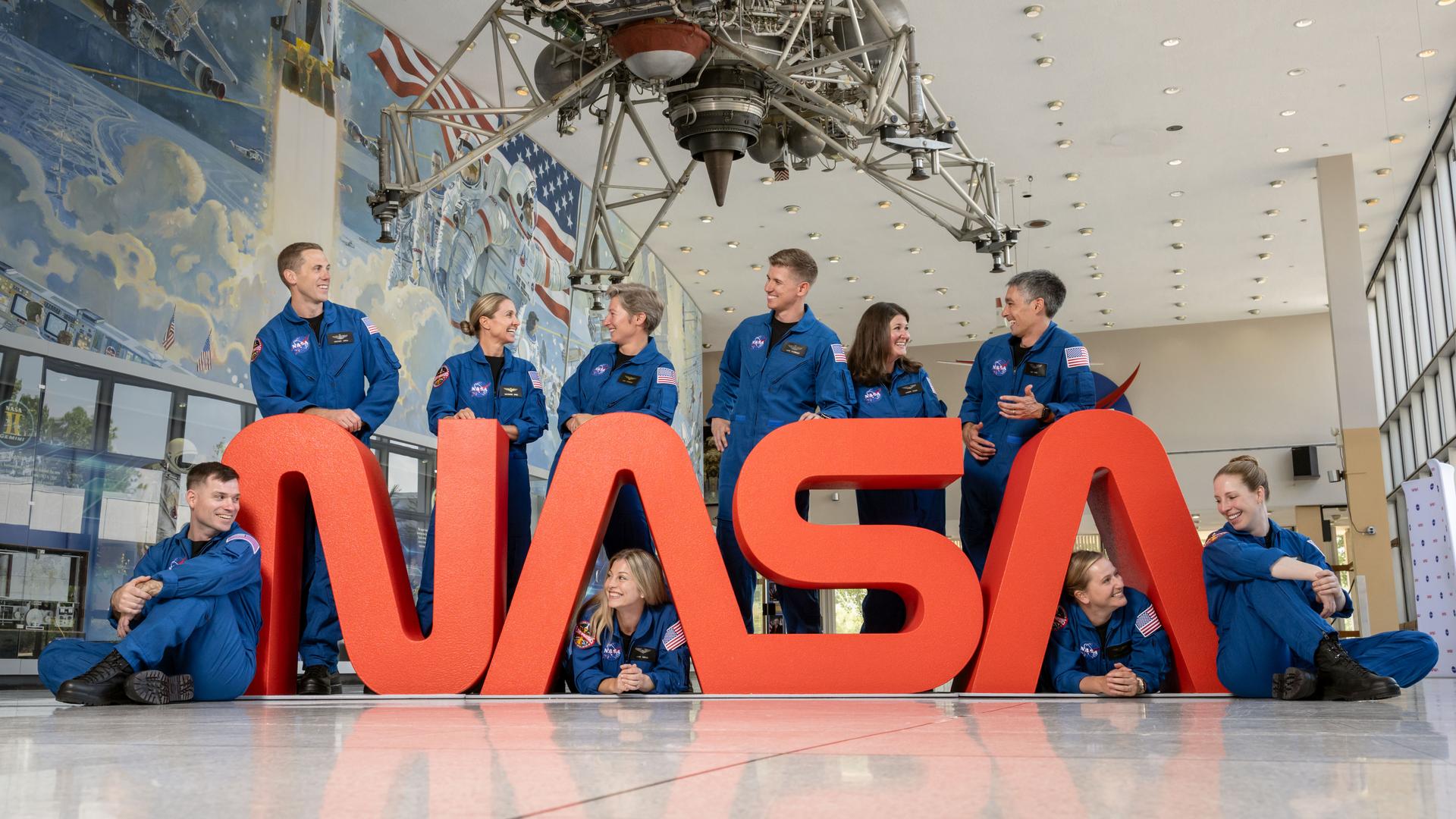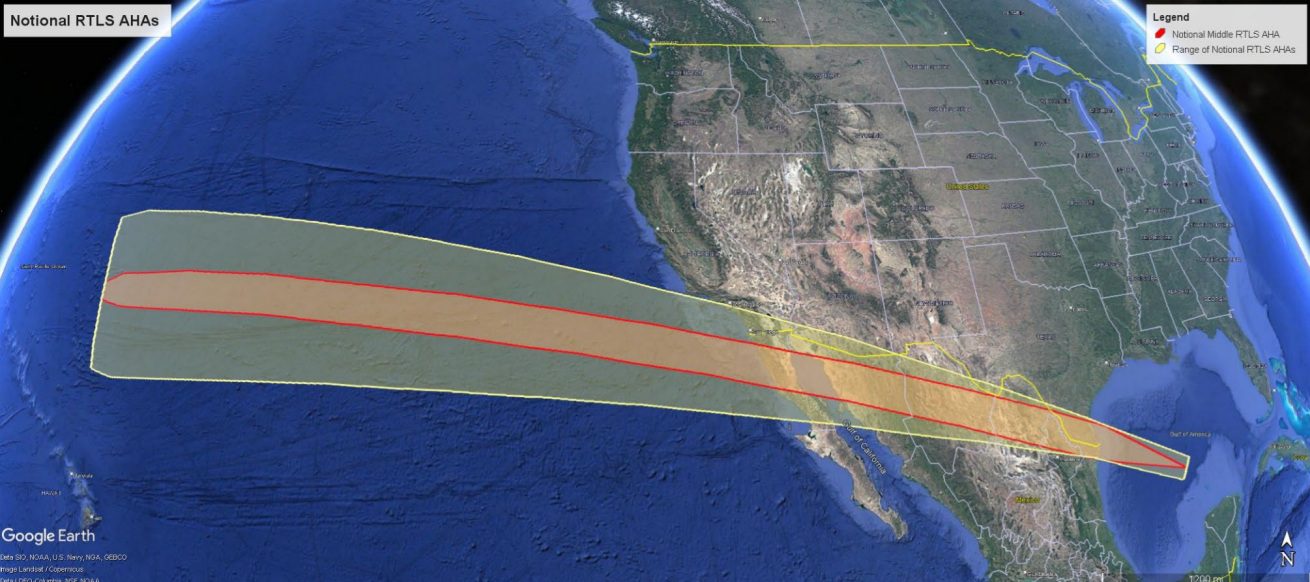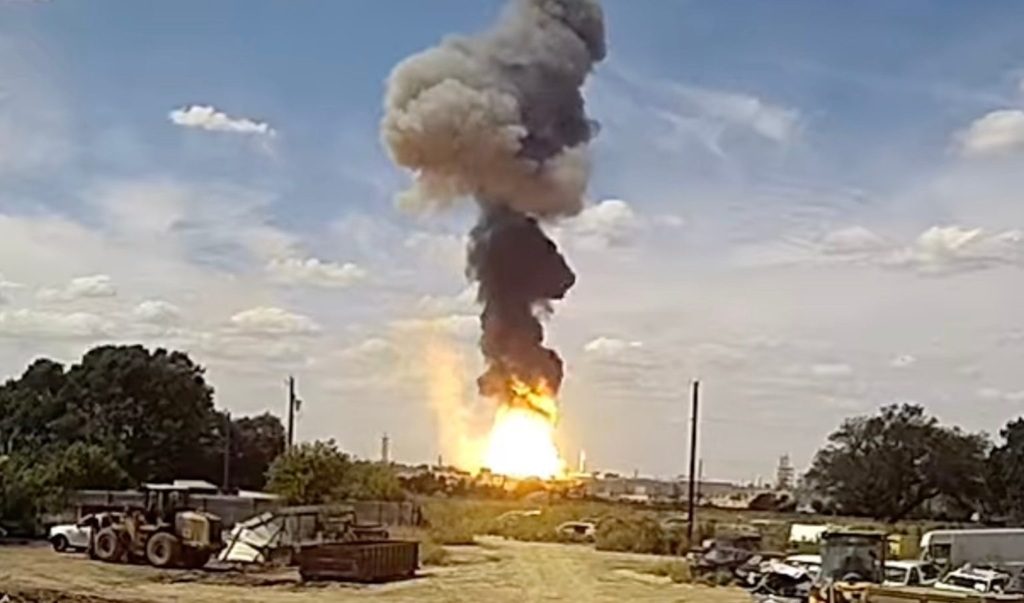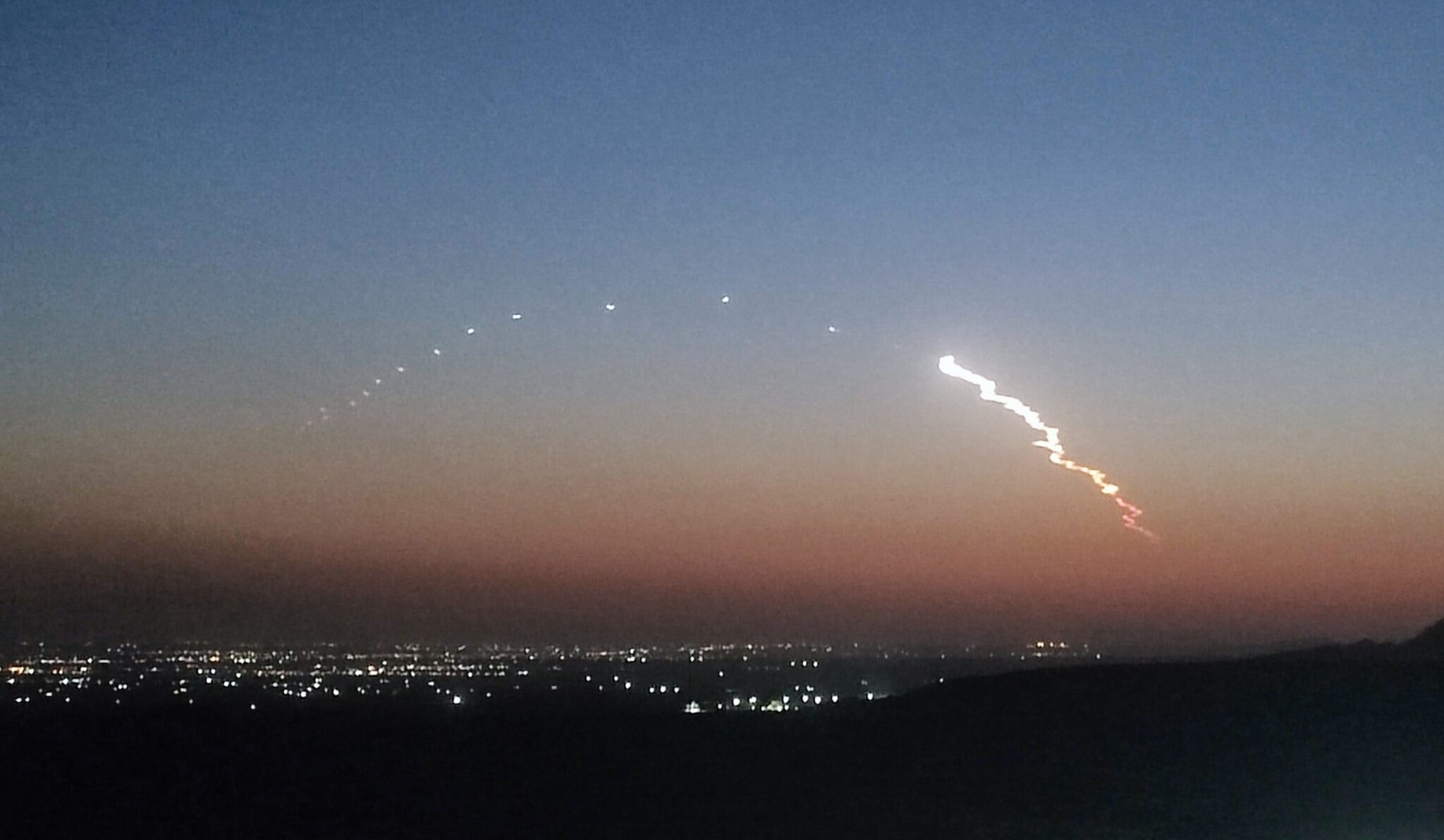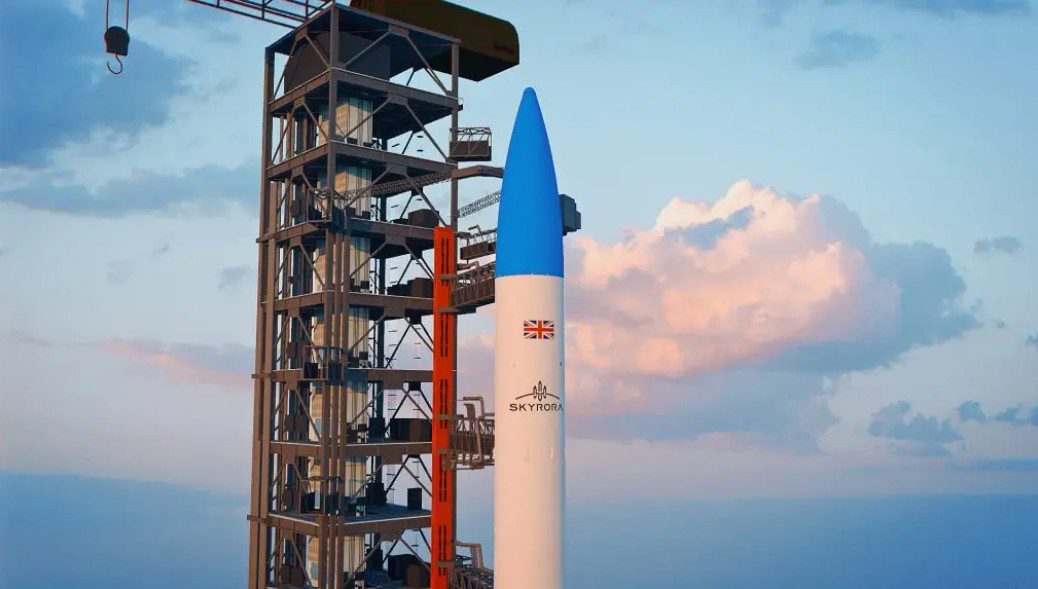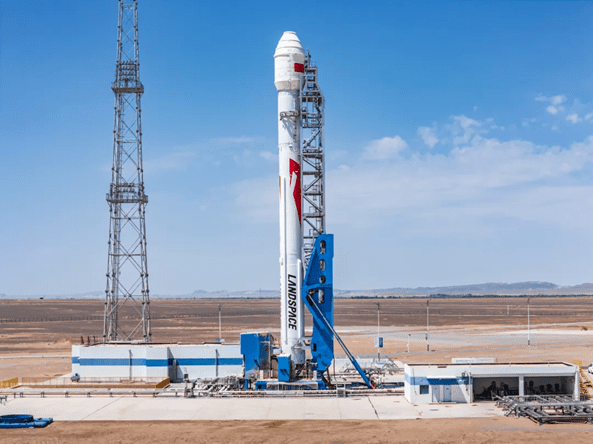The first stage of Firefly Aerospace’s Alpha rocket blew up after separation, damaging the second stage and setting off a chain of events that meant Alpha narrowly missed out on achieving orbit. The vehicle lifted off on flight FLTA006 “Message in a Booster” at 1337 GMT on 29 April from the Vandenberg Space Force Base, California. It was carrying Lockheed Martin’s LM400 satellite bus for a technology/prototype demonstration.

A puff in the sky – the Firefly Alpha first stage blows up on FLTA006. Courtesy: Firefly Aerospace
Tripping rather than falling
Firefly Alpha’s lift-off was successful, and everything appeared to be going smoothly as it climbed into the sky from the launch pad. Sadly, however, this was not to last. The first stage blew up immediately after separation at T+2 mins 35s. The vehicle’s second stage continued to fly in a controlled fashion, albeit with a brief wobble.
After a short while Firefly Aerospace announced that, despite the malfunction, the rocket reached orbit, but at a lower altitude than its target. However, this proved to be a case of premature self-congratulation. Although the explosion was not initially fatal to the mission, a crucial component, the Lightning engine nozzle, appeared to be missing from the second stage afterwards. On-board camera footage showed debris, presumably including the nozzle, falling away.
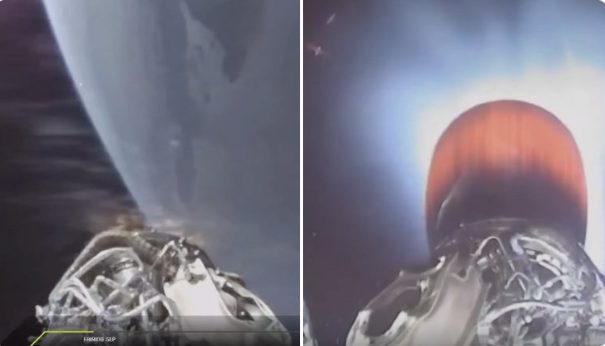
Firefly Alpha upper stage engine comparison of ‘nozzle-less’ sixth flight (left) to healthy nozzle on 5th flight (right). Courtesy: Firefly Aerospace via X/Scott Manley
Firefly Aerospace later retracted its statement and admitted that the damage to the Lightning engine of the second stage left it unable to achieve orbital velocity. “The rocket then experienced a mishap between stage separation and second-stage ignition that led to the loss of the Lightning engine nozzle extension, substantially reducing the engine’s thrust,” the company said in a statement.
Why are rocket nozzles important?
Wide bell-shaped nozzles are used to smoothly redirect a rocket’s plume, which naturally balloons at high altitudes, back downwards. This helps the thrust component efficiency.
Alpha’s upper stage reached 320 km in altitude with the surviving debris falling into the Pacific Ocean, North of Antarctica. A full investigation into the mishap is underway.
Comment by David Todd:
It is a testament to the resilience of the second stage that it was at least able to carry on, but a shame that it did not achieve orbit. Nevertheless, that is the limit of this writer’s sympathy. The Firefly Alpha, a two-stage liquid propellant rocket, has a history of malfunctions: four out of its six launch attempts have ended in failure.
The company disputed one of these: the flight failure on 1 October 2022 that ended up in an orbit that was lower than expected. It argued that the payloads achieved orbit. However, Seradata classed this as a failure because the operational lives of payload spacecraft were severely curtailed.
Nowadays, Firefly Aerospace does not tend to release its launch target orbits – presumably to avoid similar disputes about what constitutes a success or not. It was thus a relief that the latest Firefly Alpha failure was at least cut and dried.


